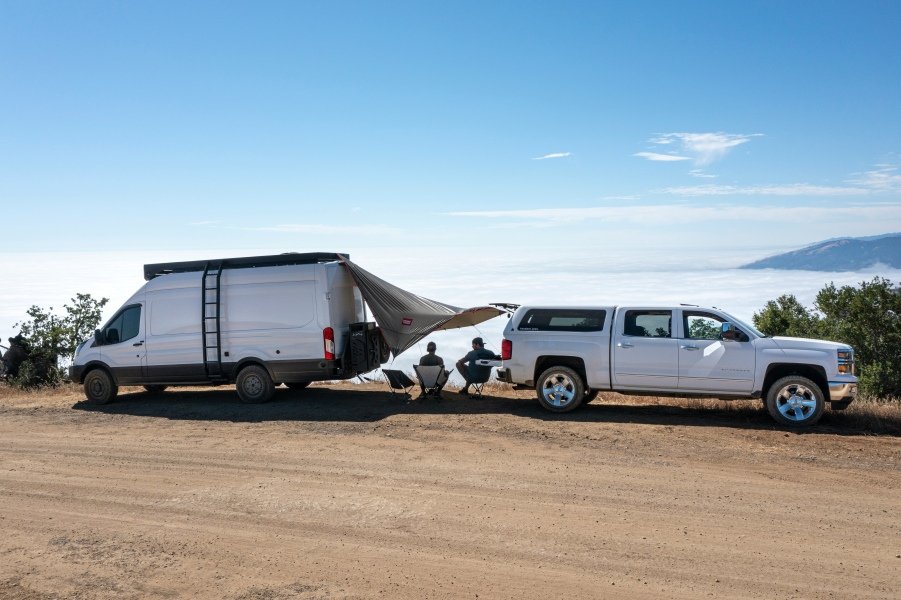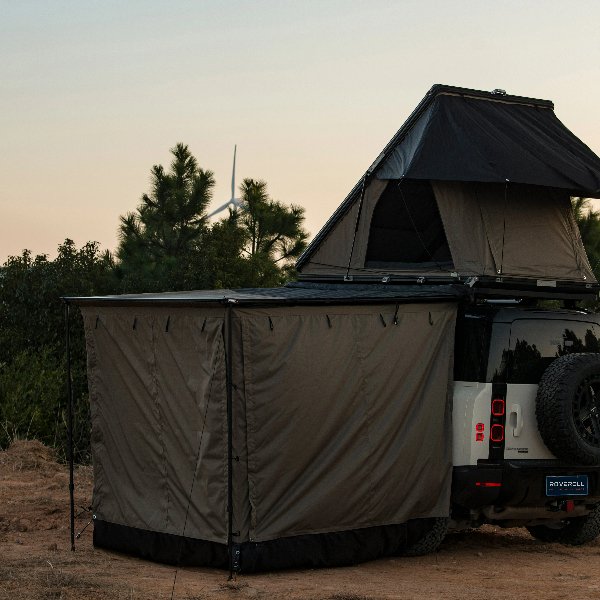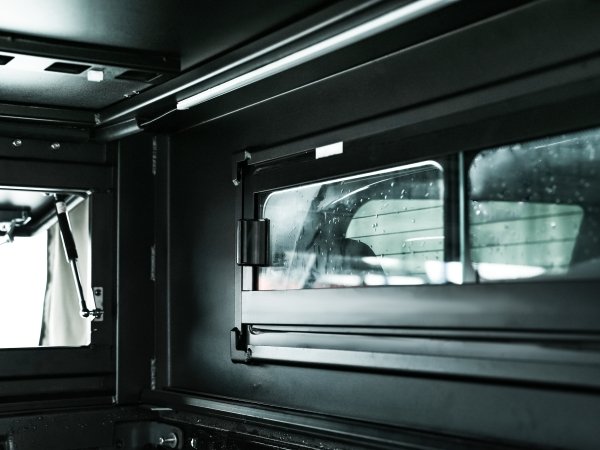The crackling fire fades as dusk falls, and the first mosquito lands on your arm. You’re suddenly aware that survival in the wild depends on what’s packed in your trunk. Let’s cut through the camping noise and focus on what truly keeps you safe and functional outdoors.
Car camping’s most essential items aren’t gadgets or luxury gear – they’re solutions that prevent emergencies and maintain basic comfort. Prioritizing safety systems and fundamental survival tools lets you tackle unexpected situations while enjoying nature’s simplicity.
I’ve identified four non-negotiable items that form the backbone of successful car camping. These aren’t just recommendations – they’re defenses against the three biggest wilderness threats: injury, hunger, and environmental exposure.
Insect Repellent and Sunscreen: Why Fight Nature’s Smallest Enemies?
The faint buzz near your ear at 2 AM isn’t just annoying – it’s a disease vector. Reddening skin isn’t just uncomfortable – it’s cellular damage.
These protective products create an invisible shield against two silent threats: disease-carrying insects and solar radiation. They address critical needs most campers overlook until it’s too late – a DEET-based repellent reduces mosquito bites by 99.9% for 8 hours, while SPF 30+ sunscreen prevents 97% of UVB rays from penetrating skin.
Modern outdoor protection blends science with environmental awareness. Look for EPA-registered repellents containing 20-30% picaridin – equally effective as DEET but less damaging to gear. Pair with mineral-based zinc oxide sunscreens that protect without harming aquatic ecosystems. Apply repellent first, followed by sunscreen 20 minutes later – this preserves efficacy of both products. Reapply every two hours during high sweat activities, and always treat clothing as your first line of defense.
First Aid Kit: How Does This Predict Emergency Outcomes?
A snapped tent pole becomes trivial compared to uncontrolled bleeding from a knife slip. Your kit isn’t just supplies – it’s a decision-making framework for crisis moments.
A properly stocked first aid kit transforms panic into systematic response, reducing emergency resolution time by 60%. Focus on treatments for the "Big Four" camping injuries: burns, lacerations, sprains, and allergic reactions. Include compression bandages, irrigation syringes, blister pads, and epinephrine auto-injectors if needed. Customize based on group size – individual kits should weigh under 1 lb, while group kits require trauma-level supplies.
The secret lies in organization, not volume. Use color-coded pouches: red for bleeding control, blue for burns, yellow for medications. Conduct monthly checks – replace expired antibiotics and dried-out antiseptic wipes. Train everyone in your group on three key skills: wound cleaning, splint-making, and shock recognition. Remember: antiseptic wipes expire faster in hot vehicles, so store kits in insulated compartments.
Cooler: What Temperature Control Challenges Should You Master?
Your cooler isn’t just a food container – it’s a battle against thermodynamics. Each 10°F rise in external temperature cuts ice retention by 25%.
High-performance coolers maintain safe food temperatures 50% longer than standard models, directly preventing foodborne illnesses. Look for rotomolded construction with 3-inch thick walls. Choose size based on trip days – 2 quarts per person daily for efficient packing. Pre-cool with ice water for six hours before loading supplies to eliminate thermal inertia.
Maximize cooling efficiency through strategic stacking:
- Bottom layer: Block ice
- Middle layer: Frozen meals
- Top layer: Drinks accessed daily
- Insulating blanket on top
Drain water only if bacterial growth isn’t a risk – standing water accelerates ice melt by 30%. Use separate coolers for drinks and perishables to minimize heat exchange during frequent openings.
Camping Stove: What Fuel Choices Impact Your Experience Most?
The hiss of a gas burner means more than hot food – it’s calorie security when fires are banned. Stove fuel selection determines 80% of cooking performance.
Liquid fuel stoves maintain 95% efficiency in freezing temperatures where canister stoves fail. For summer trips, iso-butane/propane blends offer cleaner operation. Match fuel type to cooking needs – simmering requires precise pressure control, while boiling benefits from high-output burners. Always pack 25% more fuel than calculated needs – altitude and wind increase consumption unpredictably.
Prioritize safety through proper setup:
- Place stoves on stable, non-flammable surfaces
- Maintain 10-foot clearance from tents
- Never refill hot stoves
- Check connections with soapy water pre-trip
For groups, integrate a two-stove system – one for boiling water, another for cooking. Clean jets regularly with compressed air to prevent flare-ups. Remember: stove maintenance is cheaper than emergency room visits.
Conclusion
Camping success hinges on preventing problems, not solving them – the right safety and survival tools let nature remain your sanctuary, not adversary.




